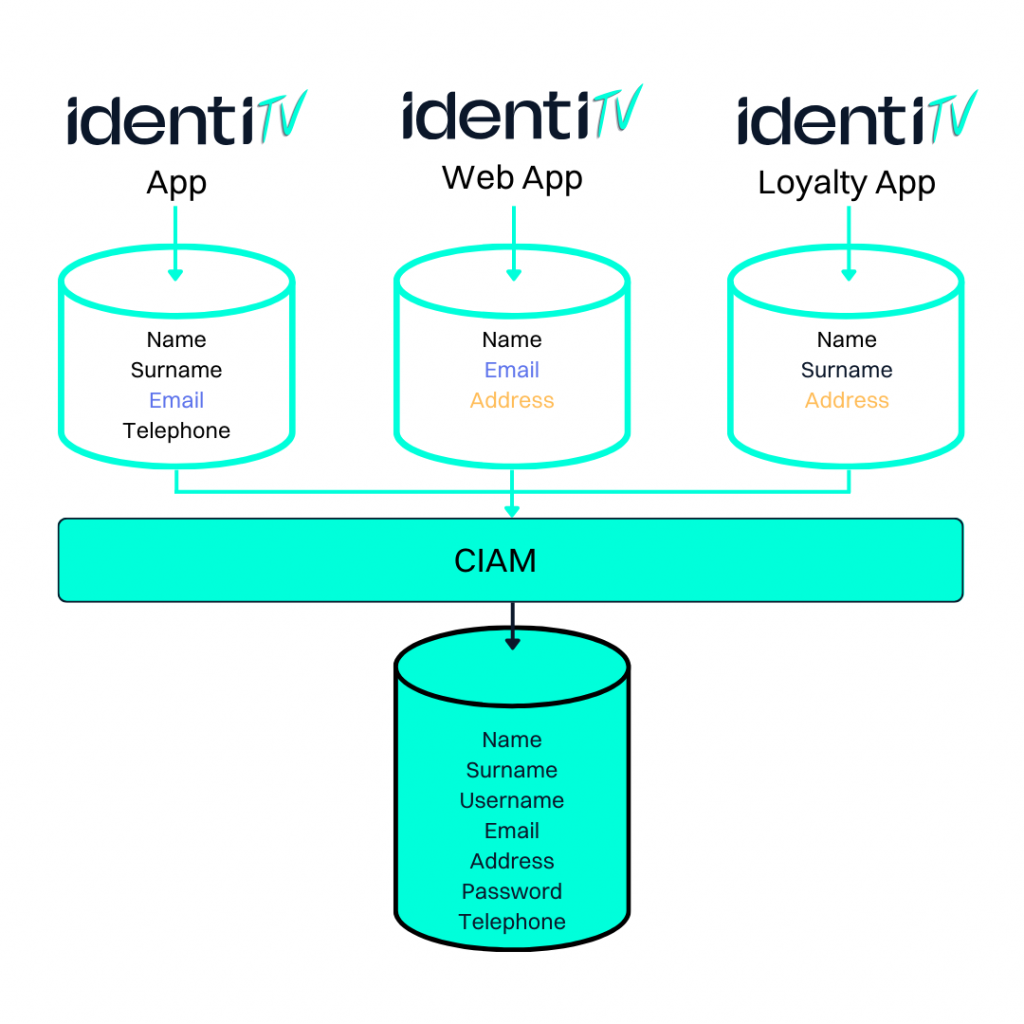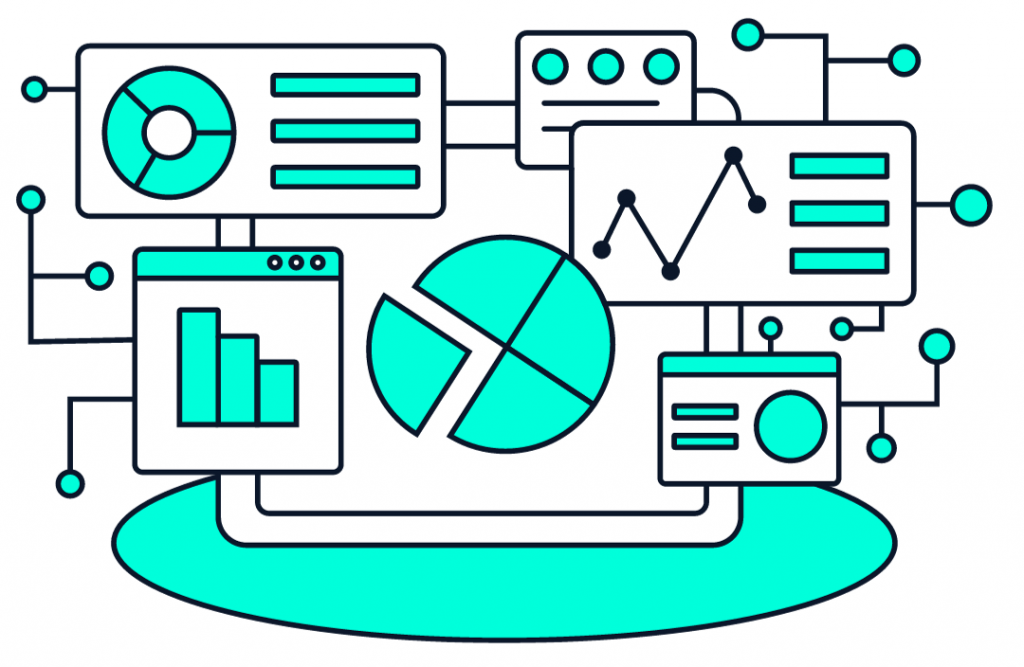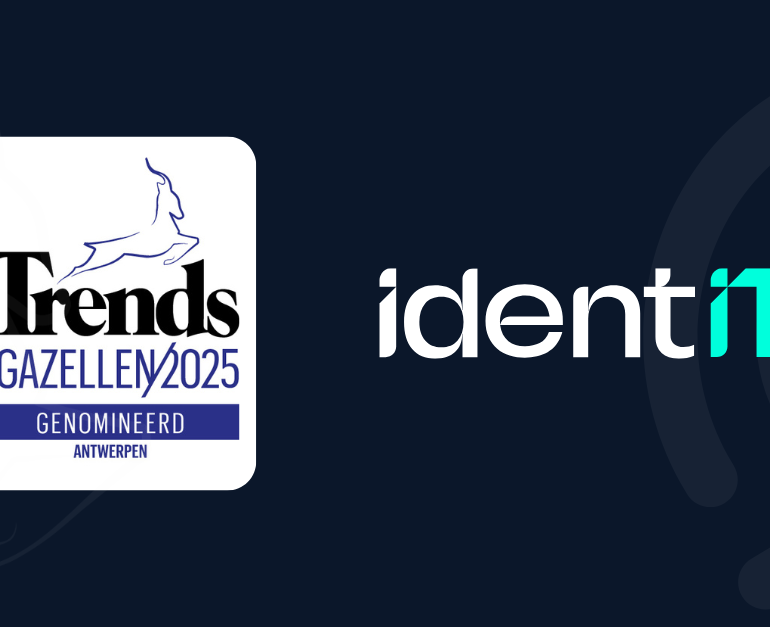In a rapidly evolving business landscape, where customers seamlessly connect through a variety of channels, the effective management of customer data has become essential for successful marketing campaigns. This is where Customer Identity and Access Management (CIAM) steps in, transforming how organizations handle customer identities and facilitate access to services. At its core, CIAM involves practices and technologies that securely manage customer identities, enabling personalized experiences and targeted campaigns that drive a better Return on Investment (ROI).
The Role of CIAM in Data Management
In our data-driven era, CIAM plays a pivotal role in managing customer data. It assists in the collection, storage, and analysis of customer data in a secure and centralized manner. This comprehensive understanding provides marketing teams with valuable insights into customer profiles, interactions, and preferences. Armed with this information, marketers can craft campaigns that resonate with customers, leading to higher engagement and conversion rates.
Overcoming data challenges with CIAM
The challenges posed by unclean data can hinder marketing success. These challenges range from difficulties in accurately segmenting customers due to outdated and inconsistent data to skewed analytics resulting in misguided decisions. CIAM’s data management capabilities address these challenges by offering data validation, verification, and automated cleansing processes. These processes ensure that data quality remains robust, giving marketing teams the assurance they need to base decisions on accurate insights.
Comprehensive data cleaning with CIAM
CIAM’s centralized data management capabilities form the bedrock of effective data cleaning. Issues like duplicate records, incomplete information, and outdated data are tackled through data validation and verification processes. These processes not only uphold data accuracy but also expedite decision-making. Additionally, CIAM leverages automated data cleansing techniques to identify and rectify issues like duplicate entries and inconsistencies. This automated approach reduces the manual effort required for data maintenance and ensures consistently high-quality data.

Enhanced personalization through customer segmentation and boosting it
Segmenting customer data is a fundamental practice in modern marketing. By grouping customers according to common attributes, preferences, or behaviors, marketers can customize campaigns to align with distinct audience segments. This tailored approach results in higher engagement, conversion rates, and overall customer satisfaction. CIAM’s centralized data management streamlines this segmentation process.
The significance of CIAM in customer segmentation cannot be overstated. It provides a unified repository of customer profiles, simplifying the identification of meaningful segments. Moreover, CIAM’s integration capabilities enable the enrichment of customer profiles with additional data from diverse sources. This additional insight deepens marketers’ understanding of customer interactions and purchase history, further refining the effectiveness of customer segmentation. The dynamic nature of the customer data maintained by CIAM ensures that segments remain relevant as customer behaviors evolve, ensuring marketing strategies stay in tune with shifting trends.
Clean data’s crucial role in analytics
Clean data serves as the cornerstone of effective analytics. With accurate data as a foundation, marketers can have confidence in the insights they generate. This confidence empowers marketers to make data-driven decisions that have a direct impact on marketing campaigns. Analyzing clean data enables marketers to identify trends, patterns, and correlations that inform their strategies. For instance, they can uncover which customer segments exhibit the highest engagement rates, which channels drive the most conversions, and which products resonate most with specific segments. These insights allow marketers to allocate resources more effectively, prioritize campaigns, and tailor messaging to achieve better results.
It directly influences marketing Return on Investment (ROI). By understanding customer preferences, behaviors, and engagement patterns, marketers can focus their efforts on segments and channels that hold the most potential. This strategic focus ensures that resources—such as budget, time, and creative assets—are optimized for maximum impact, ultimately enhancing ROI.

Conclusion: Embrace CIAM and clean data for marketing excellence
In a world where personalized experiences hold sway and informed insights drive decision-making, businesses must recognize the essential synergy between clean data and CIAM. By integrating CIAM into their operational framework, organizations can establish a foundation of accurate, consolidated customer data. This foundation enables the creation of targeted campaigns that resonate deeply with specific customer segments.
This partnership between CIAM and clean data goes beyond minor improvements; it signifies a profound transformation. It empowers businesses to shift from traditional approaches to precision-focused methods, resulting in higher engagement, conversions, and ROI. As businesses navigate the ever-evolving landscape of customer expectations and technological advancements, embracing CIAM and clean data emerges as a strategic necessity. The call to action is clear: Embrace the power of clean data and CIAM. Equip your marketing strategies with the tools needed to navigate this evolving landscape successfully. By doing so, businesses can not only succeed but thrive, leveraging the synergy of innovation, precision, and customer-centricity. Through this, the path to hyper-targeted campaigns, amplified engagement, and maximized ROI unfolds— a promising horizon full of limitless possibilities for those who are ready to take charge of change and make the most of clean data with CIAM.



